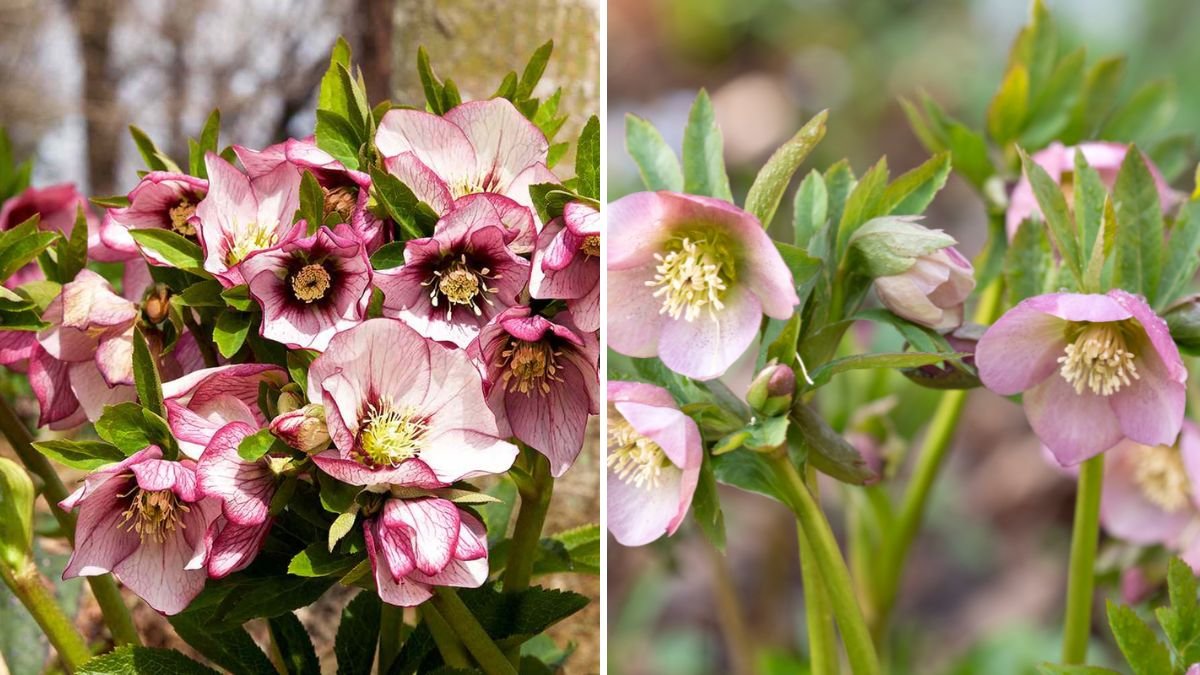Fertilizing perennials is an essential part of ensuring healthy growth, vibrant blooms, and strong root systems. However, timing is just as important as the type of fertilizer used. Fertilizing at the wrong time, especially in the fall, can harm plants instead of helping them. Applying fertilizer late in the season encourages new growth that is vulnerable to frost and winter damage, potentially weakening or killing perennials.
Understanding which perennials should never be fertilized in fall is crucial for gardeners aiming for a thriving garden year after year. This article explores five perennials you should avoid fertilizing in the fall, the reasons behind it, and best practices for fertilization timing.
1. Peonies (Paeonia)

Why Fall Fertilization Is Harmful
Peonies are slow-growing perennials that form buds for the following year during late summer. Fertilizing in fall encourages late-season shoot growth, which is tender and highly susceptible to frost.
Effects of Fall Fertilization
- Tender shoots may be damaged or killed by frost.
- Nutrients are diverted to leaves instead of strengthening roots.
- Reduced flower production in the following spring.
Best Fertilization Practice
- Fertilize peonies in early spring when new shoots emerge.
- Use a balanced, slow-release fertilizer to promote strong root and bud development.
- Avoid heavy nitrogen applications in late summer or fall.
2. Hostas
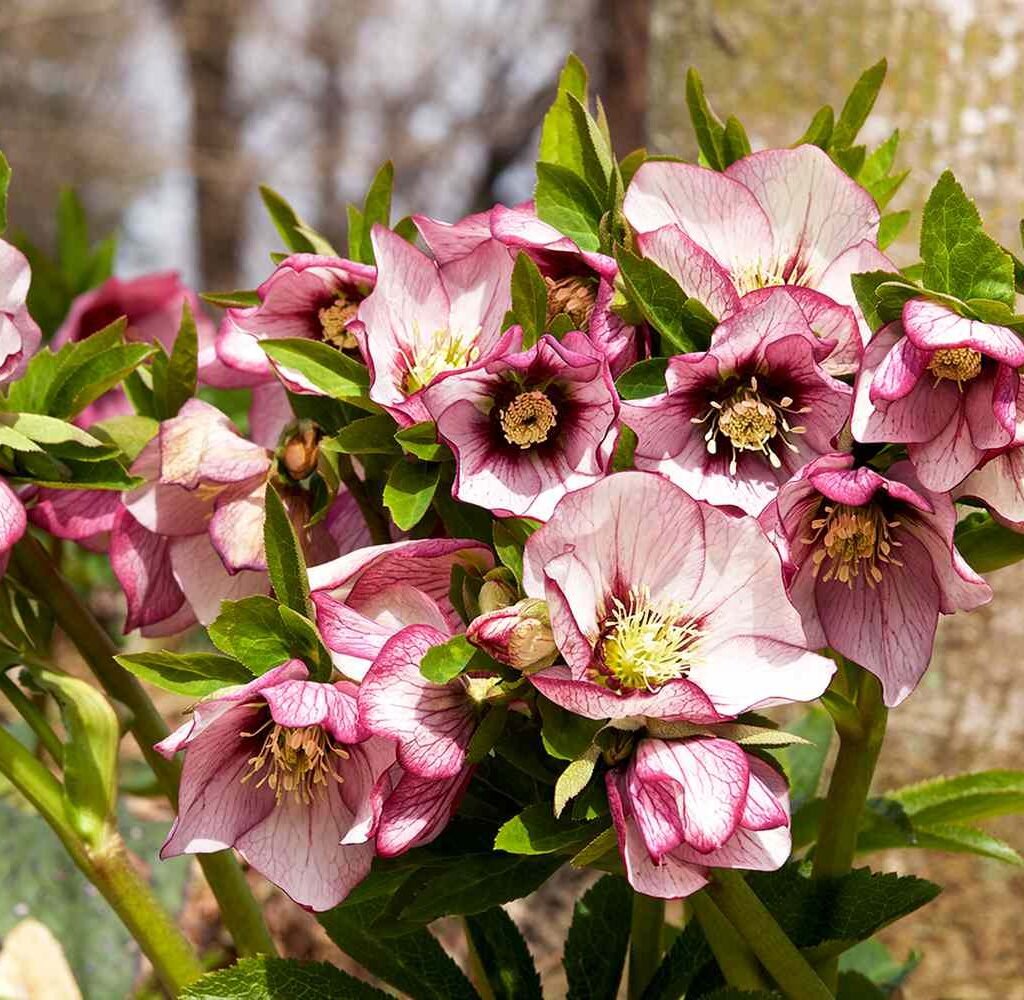
Why Fall Fertilization Is Harmful
Hostas store energy in their roots and crowns to survive winter dormancy. Fertilizing in fall encourages foliage growth instead of root storage, making them more vulnerable to cold damage.
Effects of Fall Fertilization
- Foliage may remain tender and susceptible to frost.
- Reduced energy stored in roots for spring growth.
- Increased risk of disease due to weakened plant tissue.
Best Fertilization Practice
- Fertilize hostas in early spring as new shoots emerge.
- Use a low-nitrogen, phosphorus-rich fertilizer to encourage strong root growth.
- Mulch in late fall to protect crowns from freezing temperatures.
3. Daylilies (Hemerocallis)
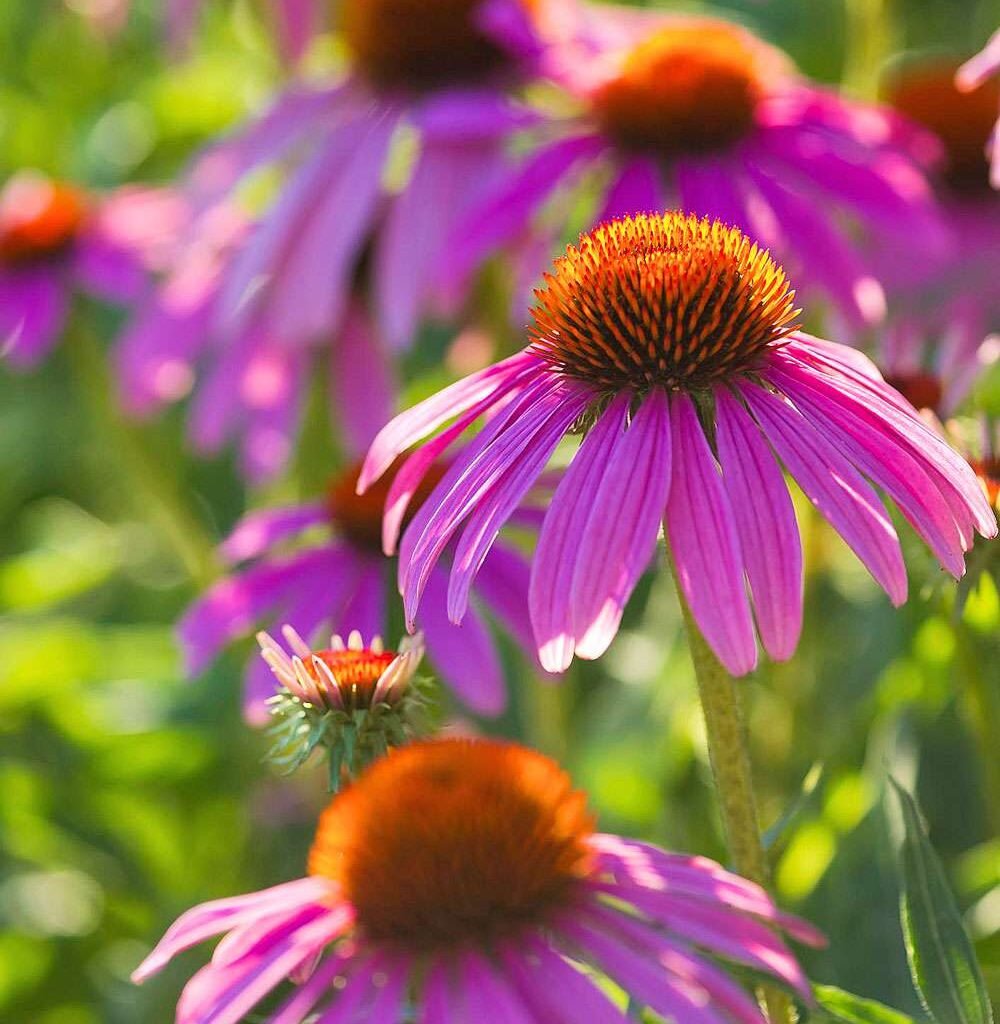
Why Fall Fertilization Is Harmful
Daylilies naturally slow down in the fall, entering dormancy. Fertilizing during this period encourages unnecessary growth, which may not harden off before winter.
Effects of Fall Fertilization
- New foliage and shoots may be killed by frost.
- Root system may be compromised due to nutrient misallocation.
- Reduced flower production the following season.
Best Fertilization Practice
- Apply fertilizer in early spring or after the first flush of blooms in summer.
- Use balanced fertilizers with a higher phosphorus content for root development.
- Avoid high-nitrogen fertilizers late in the season.
4. Lavender (Lavandula)
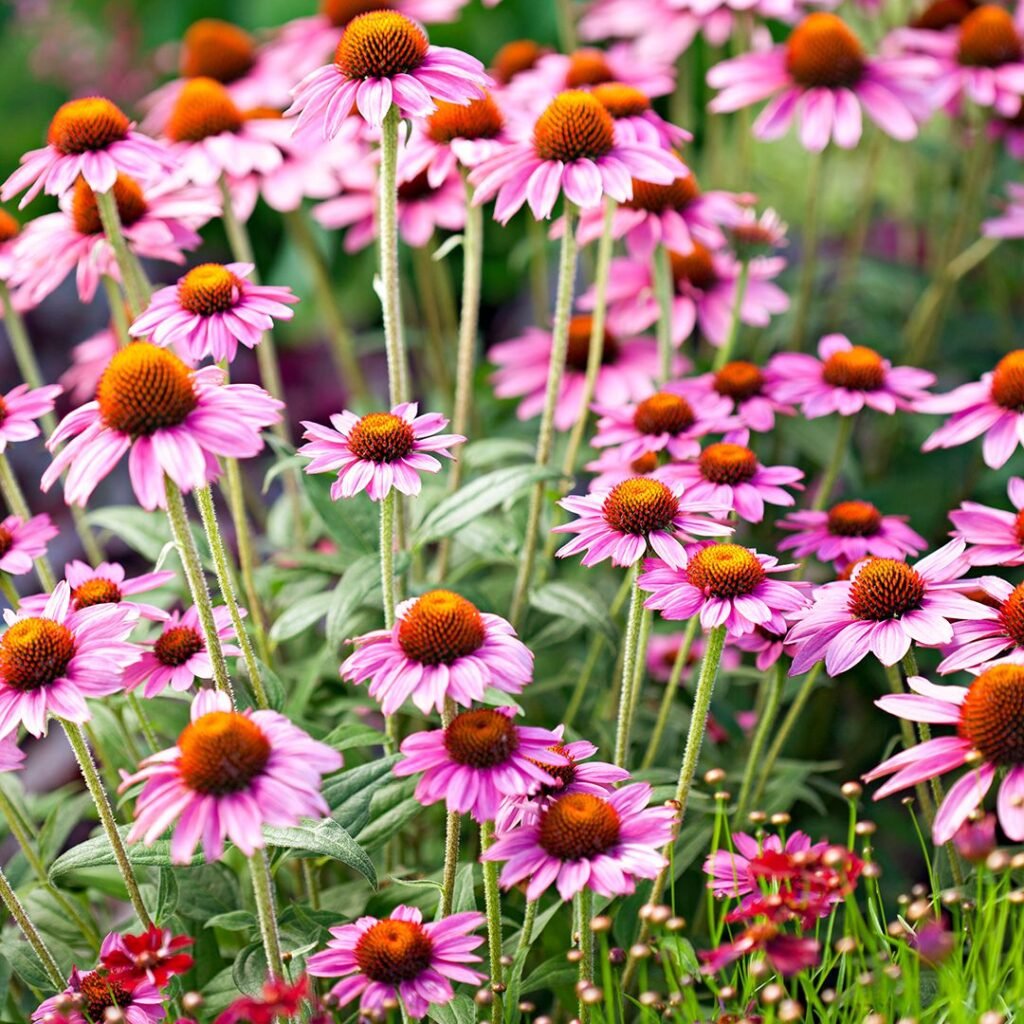
Why Fall Fertilization Is Harmful
Lavender is a drought-tolerant, Mediterranean perennial that thrives in low-nutrient, well-drained soil. Fertilizing in fall encourages soft, lush growth that is prone to frost damage.
Effects of Fall Fertilization
- Tender shoots may freeze in winter.
- Increased susceptibility to fungal diseases due to excess moisture and nitrogen.
- Reduced flower quality in the next season.
Best Fertilization Practice
- Fertilize lavender in early spring before active growth begins.
- Use a low-nitrogen fertilizer to promote compact growth and abundant blooms.
- Avoid heavy organic or synthetic fertilizers in late summer or fall.
5. Coneflowers (Echinacea)
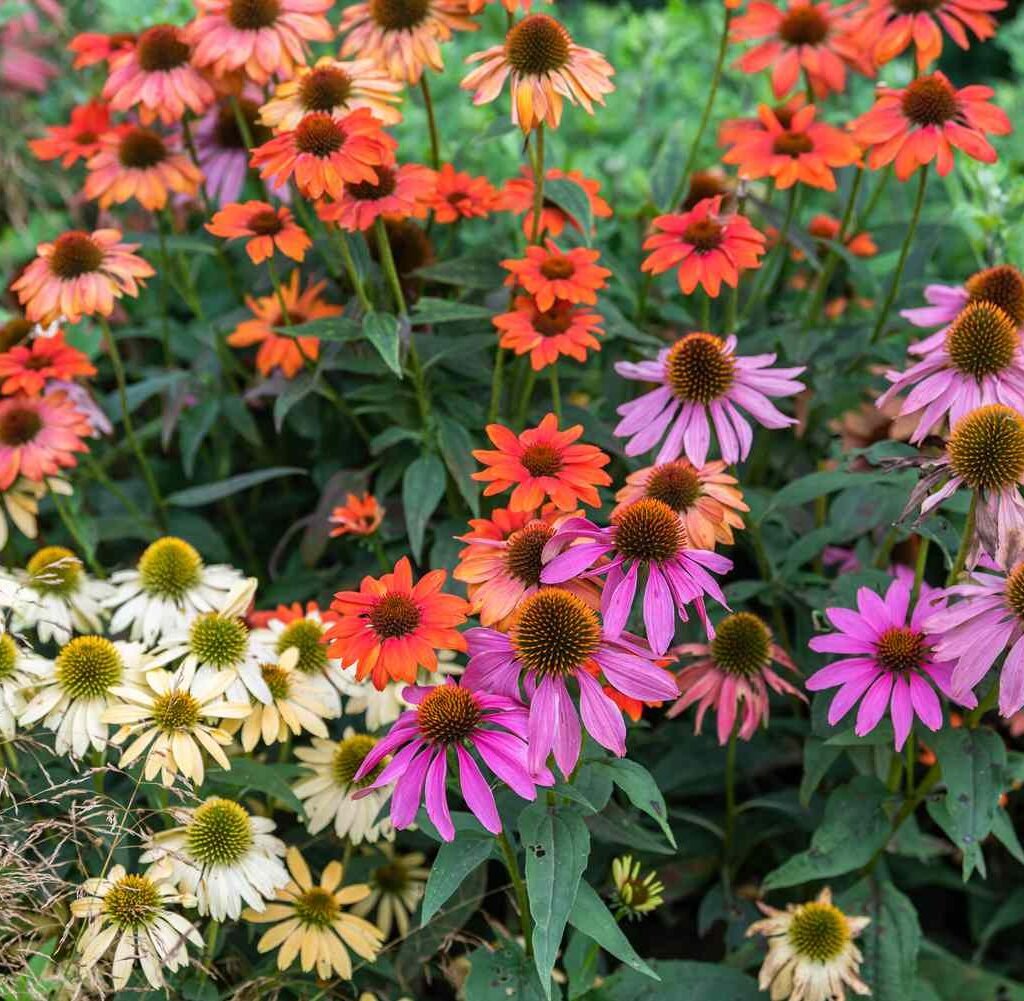
Why Fall Fertilization Is Harmful
Coneflowers are hardy perennials that naturally slow down in fall. Fertilizing them too late stimulates vulnerable new growth, which can be damaged by cold temperatures.
Effects of Fall Fertilization
- New shoots may be killed by frost.
- Plants may become weak and less resilient during winter.
- Reduced flowering and vigor in the following season.
Best Fertilization Practice
- Fertilize coneflowers in spring or early summer when they are actively growing.
- Use a phosphorus-rich fertilizer to strengthen roots and enhance blooms.
- Allow the plants to harden off naturally in fall.
Why Fertilizing in Fall Can Be Harmful
- Encourages Vulnerable Growth: Fertilizer, especially nitrogen-rich types, stimulates tender shoot and leaf growth that cannot withstand frost.
- Reduces Winter Hardiness: Plants need to store energy in roots and crowns to survive winter; late fertilization diverts nutrients away from storage.
- Increases Disease Risk: Fertilized, soft tissue is more prone to fungal infections during damp, cold conditions.
- Wastes Fertilizer: Nutrients are less effectively used during dormancy, leading to inefficiency and potential nutrient runoff.
General Fertilization Guidelines for Perennials
- Timing Is Key: Fertilize in early spring or post-bloom, not in fall.
- Know Your Plant’s Needs: Use fertilizers suited to each perennial’s growth habit and nutrient requirements.
- Balanced Fertilizer Use: Avoid high-nitrogen fertilizers late in the season. Focus on phosphorus and potassium for root and flower development.
- Mulching Instead of Fertilizing: In fall, apply mulch to protect roots and conserve soil moisture rather than applying fertilizer.
- Observe Plant Health: Fertilize based on plant vigor, soil test results, and local climate conditions.
Conclusion
Fertilizing perennials is essential for healthy growth, vibrant blooms, and longevity, but timing is critical. Applying fertilizer in fall can stimulate vulnerable growth, weaken plants, and reduce their ability to survive winter. The five perennials you should never fertilize in fall are:
- Peonies – encourage frost-sensitive late growth.
- Hostas – reduce energy storage in roots.
- Daylilies – risk frost damage to tender shoots.
- Lavender – soft growth is prone to freezing and fungal disease.
- Coneflowers – late fertilization weakens winter resilience.
By fertilizing at the right time, gardeners can ensure perennials develop strong root systems, resilient growth, and abundant blooms in the following season. Avoiding fall fertilization preserves plant health and supports a thriving, sustainable garden year after year.
